Seoul Naksan Stay [Korea Quality] / 서울 낙산 스테이 [한국관광 품질인증]
8.8Km 2023-04-13
Samseongyo-ro 4-gil, Seongbuk-gu, Seoul
Seoul Naksan Stay is a guesthouse in a downtown area. The owner, who originally ran a guesthouse in Yongin, Gyeonggi-do, opened this guesthouse after moving to Seoul. Naksan Stay is located at the low end of the fortress wall of Naksan Park, which is a great place to enjoy the night view of Seoul. The guesthouse has two gates: one leading to the small building where the owner and her family reside, and the other one leading to a bigger building that serves as a guesthouse with a spacious two-story room. Majority of the guests are from France and Russia. It’s a great place to stay for those wishing to enjoy the daytime and nighttime views of the city.
Museo del Gran Rey Sejong (세종대왕박물관)
8.8Km 2021-12-28
Hoegi-ro 56, Dongdaemun-gu, Seúl.
El Museo del Gran Rey Sejong se encuentra en Dongdaemun-gu, en Seúl, desde noviembre de 1970 y está dedicado al Gran Rey Sejong y sus grandes hazañas. Abierto al público de forma oficial en octubre de 1973, se trata de una estructura moderna con una zona de exhibiciones, un auditorio, un laboratorio y una sala de referencia. La zona de exhibiciones está dividida en la Sala del Hangeul, la Sala de Ciencia, la Sala de Música Tradicional, la Sala de Arte del Gran Rey Sejong y un espacio para exposiciones al aire libre.
Samseong Bbalgan Yangnyeom Sutbulgui (삼성 빨간양념 숯불구이)
8.8Km 2020-06-16
37, Namdaemun-ro 1-gil, Jung-gu, Seoul
+82-2-752-6449
Samseong Bbalgan Yangnyeomg has been famous for its charcoal-grilled dishes since 1972, and is especially well known for its spicy seasoning made from powdered red pepper, garlic, and ginger. Pork is mixed with the seasoning, giving it the characteristic red color and unique flavor, and then grilled over hot coals. This is the perfect restaurant for spicy food-lovers or those looking for a challenge.
Other dishes include jumulleok (marinated pork) and donggeurangttaeng (batter-fried meatballs). Jumulleok is made by seasoning fresh meat, whereas donggeurangttaeng is made by cutting the frozen meat into small pieces, and then marinating it. Older adults usually prefer jumulleok, while the young prefer donggeurangttaeng.
Gyeongmajang Orijip (경마장 오리집)
8.8Km 2020-06-01
20-4 Gungmal-ro, Gwacheon-si, Gyeonggi-do
+82-2-502-7500
Gyeongmajang Orijip is a Korean restaurant specializing in duck cuisine. Moreover, the restaurant is located near popular recreational facilities such as Seoul Race Park, Seoul Grand Park (zoo and botanical garden), and Gwacheon National Science Museum. The restaurant's location is perfectly suited for those who seek to enjoy nature after a hearty meal.
Jalppajin Memil - Ikseon Branch (잘빠진메밀 익선)
8.8Km 2021-03-19
73, Yulgok-ro8-gil, Jongro-gu, Seoul
+82-70-4531-1214
This is a Korean cuisine located in Jongno, Seoul. Try various kinds of makgeolli. The best menu at this restaurant is dumpling hot pot.
Salon Sulla (살롱순라)
8.8Km 2021-03-30
75, Yulgok-ro 10-gil, Jongno-gu, Seoul
+82-2-6409-0027
It is a restaurant, decorated in a hanok style, that sells Western dishes. This Western dishes restaurant is located in Jongno-gu, Seoul. The most famous menu is pollack roe pasta.
Ddabong House (따봉하우스)
8.8Km 2021-03-27
73, Kyungheedae-ro 4-gil, Dongdaemun-gu, Seoul
+82-2-962-2885
This store specializes in instant tteokbokki. This restaurant's signature menu is stir-fried rice cake. This Korean dishes restaurant is located in Dongdaemun-gu, Seoul.
THE SKI & Coffee (더스키앤커피)
8.8Km 2021-03-18
63, Dongsung-gil, Jongno-gu, Seoul
+82-2-745-3343
A store well-known for waffles. The best menu at this restaurant is americano. This is a cafe located in Daehak-ro, Seoul.
Yujin Sikdang (유진식당)
8.8Km 2021-03-29
40, Jong-ro 17-gil, Jongno-gu, Seoul
+82-2-764-2835
It is a restaurant in Jongno where people wait in line to enjoy its dishes. This restaurant's signature menu is Pyeongyang cold buckwheat noodles. This Korean dishes restaurant is located in Jongno-gu, Seoul.
Altar Hwangudan (환구단)
8.8Km 2021-07-30
Sogong-ro 112, Jung-gu, Seúl
El Altar Hwangudan es uno de los altares donde se realizaban rituales sagrados. Los primeros se hicieron durante la dinastía Goryeo, a cargo del rey Seongjong, en el primer mes de 983 (2º año de su reinado), pero su realización se vio interrumpida en diversos períodos hasta que en 1456, ya en la dinastía Joseon, se retomaron estas prácticas. El Altar Hwangudan empezó a tener rituales 1457, pero en 1464 se abolieron nuevamente hasta 1897.
![Seoul Naksan Stay [Korea Quality] / 서울 낙산 스테이 [한국관광 품질인증]](http://tong.visitkorea.or.kr/cms/resource/00/2574600_image2_1.jpg)

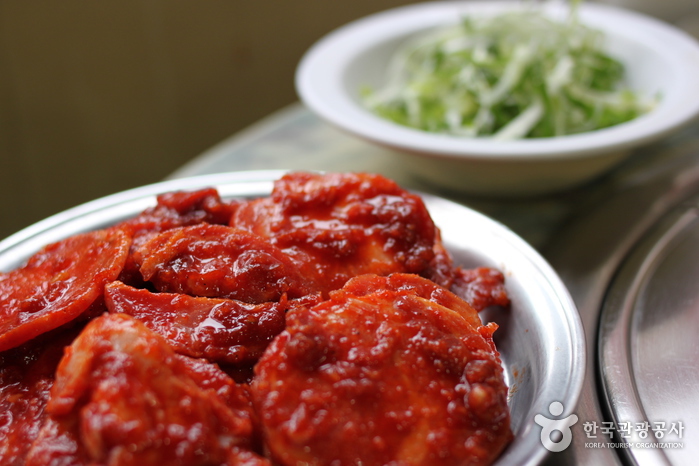

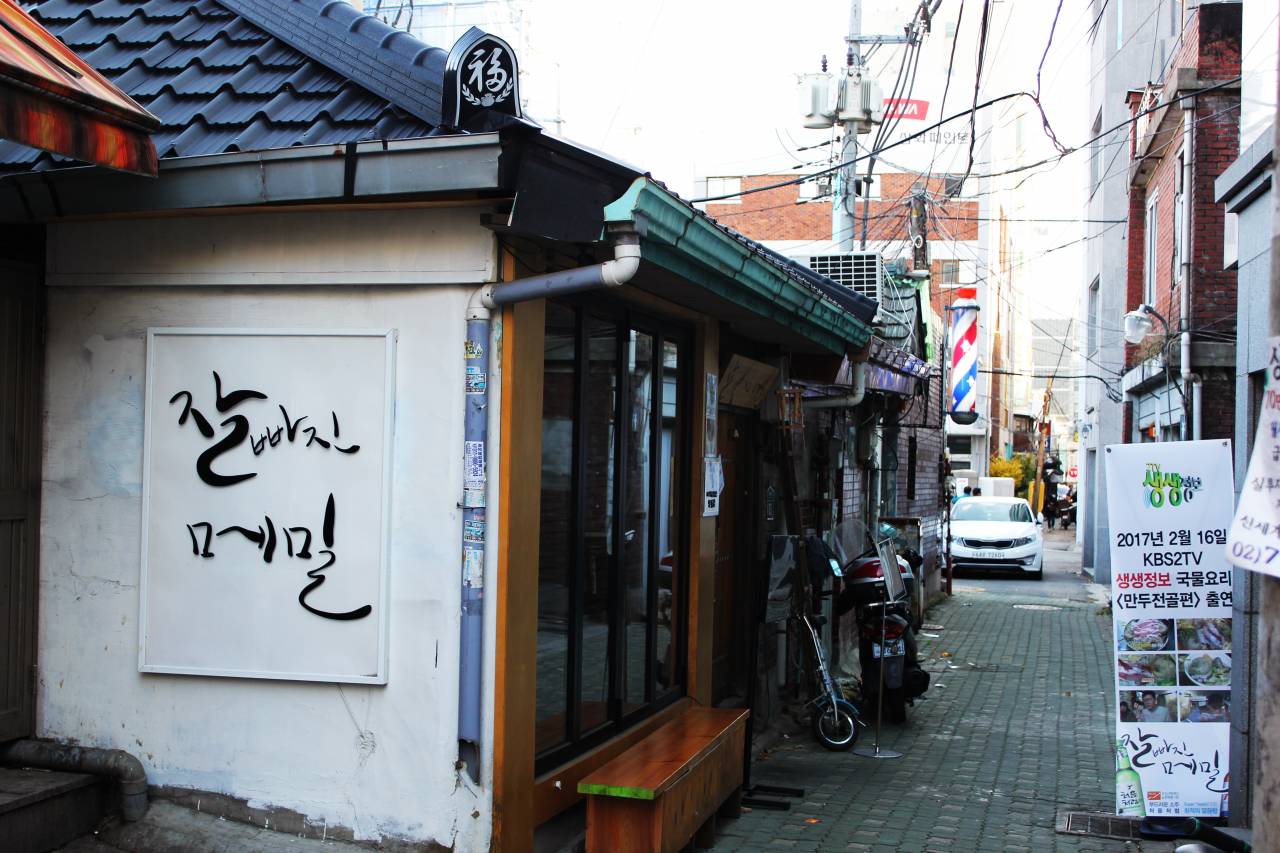
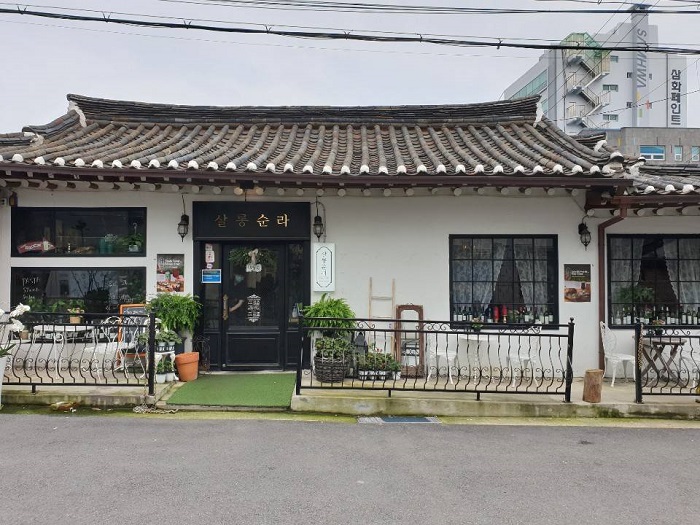
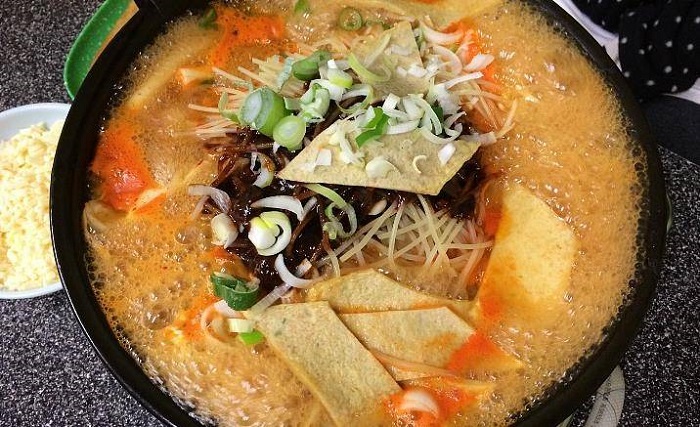
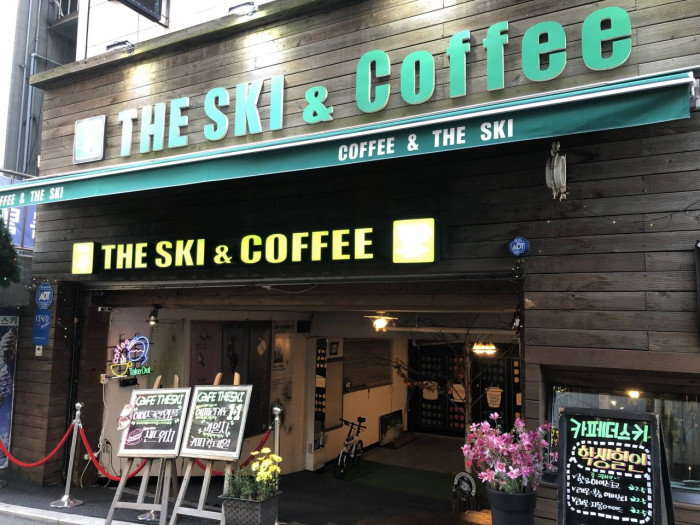
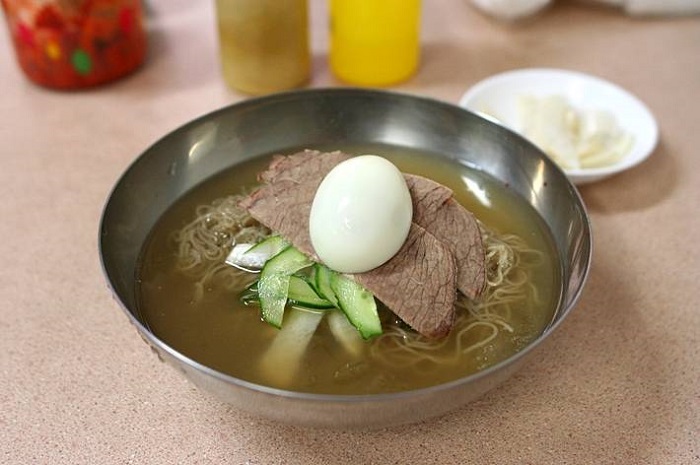

 Español
Español
 한국어
한국어 English
English 日本語
日本語 中文(简体)
中文(简体) Deutsch
Deutsch Français
Français Русский
Русский